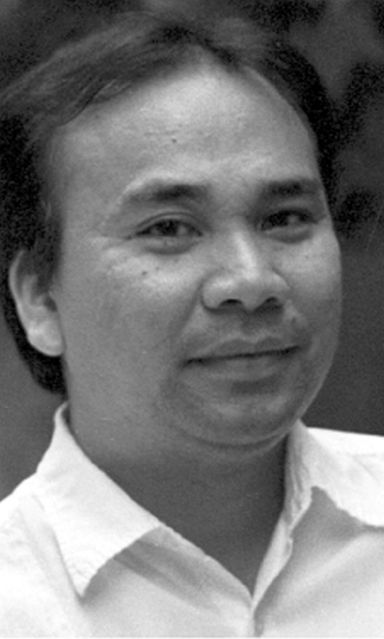
BERSALES
Banish all thoughts and doubts, book publishing is still alive and well in the Philippines.

BERSALES
Banish all thoughts and doubts, book publishing is still alive and well in the Philippines.
There is no other better proof than the annual Manila International Book Fair, now on its 38th year.
The two largest bookstores in the country occupy center stage here: National Book Store and Fully Booked have virtually set up one entire full-service bookstore each here, complete with rows of cashiers.
They are joined by nearly 300 book publishers and distributors, mostly based in Manila, but I am proud to say that books published by the University of San Carlos Press are also here, courtesy of three distributors, the foremost being Cebu-based Soline Publishing and her sister company Phialo Trading.
They are joined by Bookmark Inc., which distributes non-textbook publications of USC Press, and Golden Books as well as Megatext Philippines Inc., which distributes both textbooks and other publications of the lone academic press based in Cebu.
This mother of all book fairs ends on Sunday, yet by judging from the first-day crowd yesterday, one can imagine millions of pesos exchanged here as the book-loving public as well as university librarians gather to select books.
What one immediately notices is the huge number of religious bookstores, led foremost by OMF Literature, which celebrates 60 years of publishing Catholic books in the country.
Not to be outdone are the academic publishing houses of the University of the Philippines, Ateneo de Manila, De La Salle University and University of Santo Tomas.
The participation of USC Press, my home base, is in a sense groundbreaking for being the only academic publishing house here outside of Manila. It is, admittedly, an uphill battle to compete with already-established publishers, but it is getting noticed here where the real market is.
(I must admit that in my years observing the publication market in Cebu, USC Press books tend to sell more in the national capital, probably because there are more universities and schools here and the population is ten times that of Cebu. Ergo, the reading public and book-buying is much larger.)
For those of you, dear readers, in Manila, this is the best time to buy books on and about Cebu and beyond, and I urge you to invite others to drop by the exhibition booths of the distributors I just mentioned.
* * *
Speaking of books, these past few days have been quite promising in terms of possible publication projects. Dr. Resil Mojares, foremost Cebuano social historian, essayist and mutiawarded writer, has accepted my suggestion to head a team of authors to write the maritime history of Cebu — a favorite subject of mine for over a decade now.
Then too, USC Press is now in the final stages of a joint publication with the National Archives of the Philippines (NAP) co-edited with the NAP director and my very dear friend Ino Manalo, on the archival records of Cebu, which we hope to launch on October 27 or thereabouts.
Finally, let me welcome Dr. Taihei Okada of Tokyo University even as I thank another dear friend, the Rizalist and best-selling historian and writer Dr. Ambeth Ocampo, for introducing the former to me. Dr. Okada has been quietly working on the Kempeitai in Cebu as part of a large research project.
He is going the rounds of some of the war crimes committed by the Kempeitai and Japanese forces in Cebu during World War II. I look forward to reading his work and also to possibilities of translating some of the memoirs of Japanese soldiers assigned to Cebu.
I am here at SMX Convention Center in Manila courtesy of the University of San Carlos.